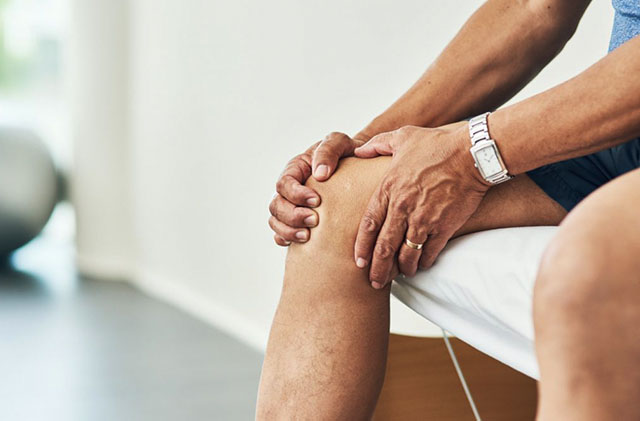PRP May Improve Clinical Outcomes of Knee Osteoarthritis Better Than Hyaluronic Acid
Osteoarthritis is a disease that destroys cartilage surrounding bones within joints like knee and hip joints. It is caused mainly by injuries such as dislocated joints or torn cartilage, which is why most PRP injections near LAX are done on athletes. For example, injections for knee pain near LAX are mainly administered to soccer players because they are more like to experience knee injuries. In contrast, shoulder pain injections near LAX are higher in American football players. A primary symptom of osteoarthritis is pain, explaining why LAX PRP injections aim at alleviating the pain.
Knee osteoarthritis is a degenerative disease that causes lower limb function loss, common in older adults. The condition is among the top 10 causes of disability and is responsible for 40% of lower limb disabilities. Injections for knee pain near LAX will help reduce the probability of knee osteoarthritis progressing to a disability.
What are PRP and hyaluronic acid?
Platelet-Rich Plasma (PRP) is centrifuged plasma highly concentrated in platelets. The platelets in PRP degranulate to release cytokines and growth factors responsible for healing the damaged cartilage, accelerating matrix synthesis of cartilage, and minimizing inflammation of the synovial membrane in joints. Hyaluronic acid, on the other hand, is natural in the human body and is highly concentrated in joints. It acts as a joint lubricant and mild anti-inflammatory agent.
Both hyaluronic acid and PRP are essential in knee osteoarthritis treatment. The two treatments are given as intra-articular injections and aim to lessen pain and improve function. A professional chiropractor administers hyaluronic acid and PRP injections near LAX. LAX PRP injections take roughly thirty minutes, depending on the area of damage. The effects of the two treatments on glenohumeral osteoarthritis, osteoarthritis of the shoulder, is, however, inconclusive since direct studies on the shoulder are underway. As a result, shoulder pain injections near LAX intend to repair muscle injury or a torn tendon.
PRP versus hyaluronic acid on knee osteoarthritis.
A study conducted on the clinical effectiveness of hyaluronic acid and PRP in knee osteoarthritis treatment showed that PRP gives better results. The research was among older patients aged 57-59 years. Visual Analog Scale (VAS) pain score, International Knee Documentation Committee (IKDC) score, and Western Ontario and McMaster Universities Osteoarthritis Index (WOMAC) pain score were used to conclude the findings.
At the latest patient follow-up, three PRP patients out of 6 study patients, based on IKDC, showed better clinical outcomes compared to hyaluronic acid patients. Both VAS and WOMAC pain scores of PRP patients showed better improvement compared to hyaluronic acid. Minimal difference is evident within six months of follow-up after initiation of the two treatments. However, at 12 months, there is substantial pain relief and limb function improvement seen in patients on PRP compared to hyaluronic acid patients.
Overall, 44.7% of 811 PRP patients showed better clinical outcomes, while only 12.6% of patients on hyaluronic acid showed a positive result. The better clinical outcomes of PRP is due to its regenerative and potent anti-inflammatory properties. Call our chiropractor near LAX today!
